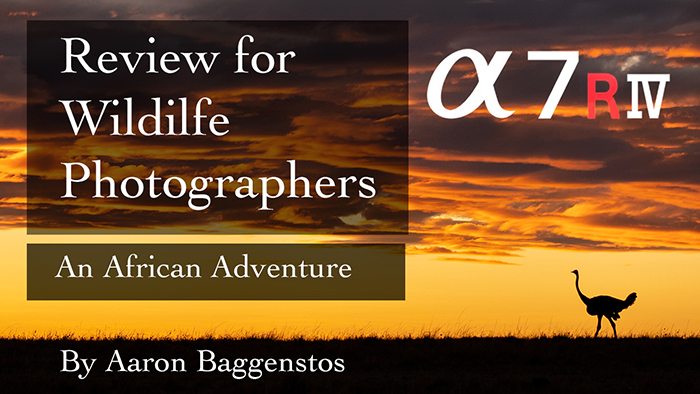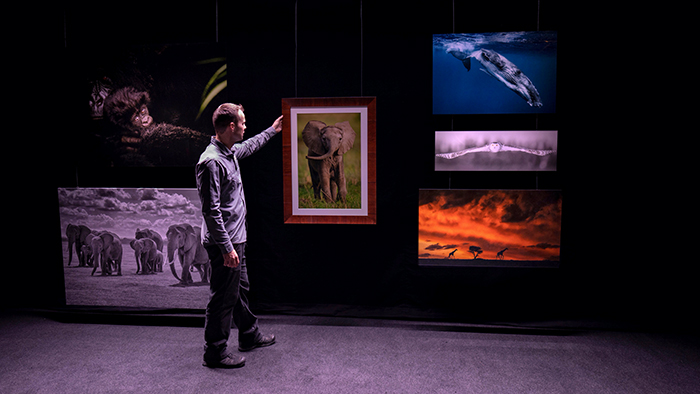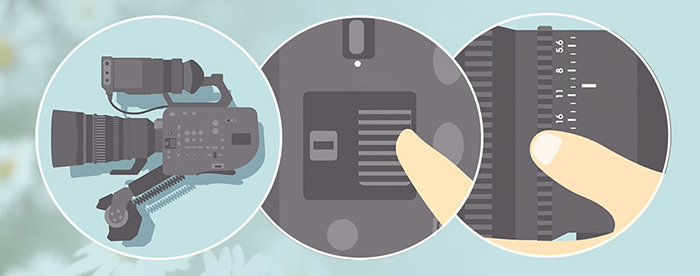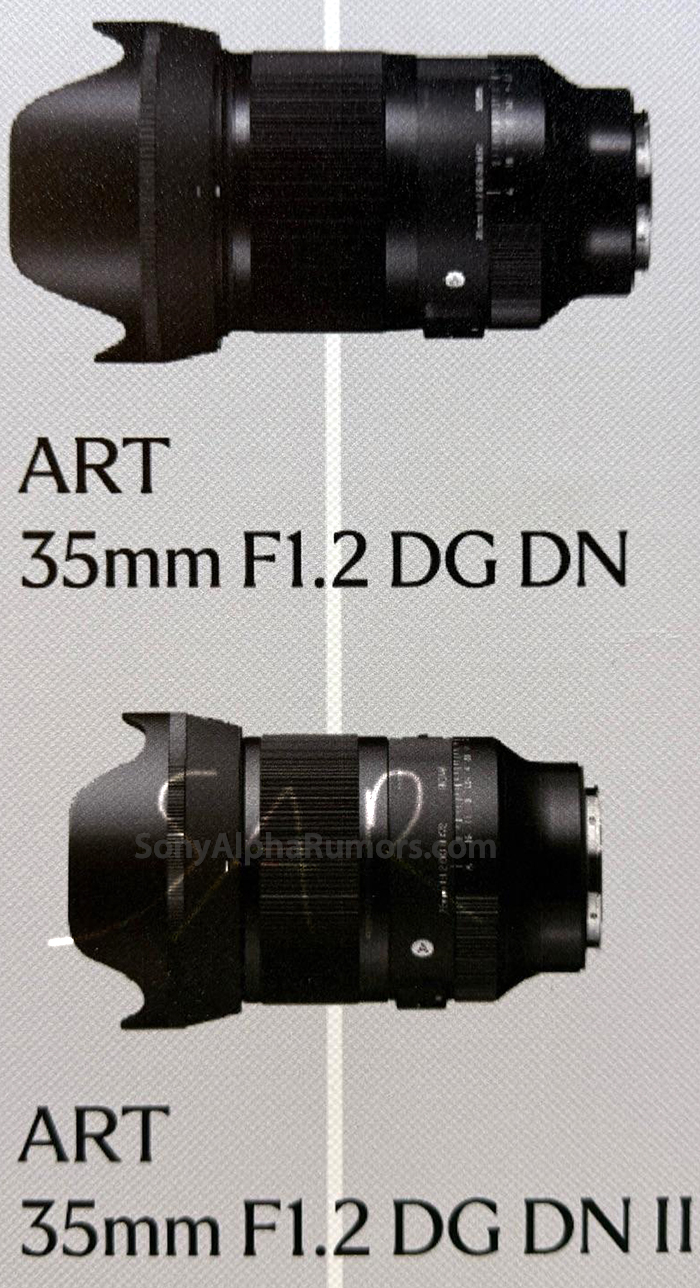Sony a7RIV Review for Wildlife Photographers by Aaron Baggenstos

Sony a7RIV Review for Wildlife Photographers
By Aaron Baggenstos
Introduction:
I recently spent a month in East Africa leading photo safaris where I had the opportunity to field test Sony’s latest high megapixel a7RIV paired with a variety of their new super-telephoto lenses. In particular I evaluated the camera and lenses (600mm f4, 200-600mm, 100-400mm) on the features most important for wildlife photographers.
Unlike several other genres of photography, portrait, wedding, and still life for example, where mirrorless cameras have had the performance and lens selection, they demand for quite some time, professional wildlife photographers have been waiting for a full frame, fast focusing, mirrorless cameras with native mount super-telephoto lenses.
Sony delivered big for us with the announcement of their flagship a9 (now a9II) which I reviewed with great optimism last year in Alaska (click here if you missed that review). But the longest lens available at the time was a 100-400mm.
Excitingly, in October I received one of the first copies of a squeaky new Sony 600mm f4. After testing it extensively I can confirm that it is a truly remarkable lens as well as the lightest one on the market. Mounted to an a7RIV my setup is 3.5 lbs. lighter than my DLSR equivalent with a grip which equals much appreciated weight savings for my international schedule. My back won’t complain either as I hand hold the big telephotos quite a bit. I enjoyed some of the new features of the 600mm f4 including a full time
DMF setting, which turns off the manual focus for when panning off a bean bag, and a new focus ring for fine-tuned manual focus.
Now with a variety of high preforming super-telephotos, and the addition of the a7RIV to their lineup for me Sony has set a new standard for wildlife photographers and the new technology that will lead us into the future.
Watch the Review:
a7RIV Camera Highlights:
– The 61MP sensor delivers some of the most stunningly detailed images I have ever seen.
– An innovative autofocus system with subject tracking and animal AF fast enough to track birds and wildlife.
– Pair it with one of over 50 native lenses (no adapter needed) including a spectacular new lightest on the market 600mm f4, 400mm 2.8, 200-600mm, or 100-400mm.
– Exceptional low light performance. I’m very happy with files up to ISO3200 and comfortable pushing to ISO6400 when needed. ISO12800 is usable.
– Brilliant OLED EFV viewfinder with live histogram, the first one I have looked at that I consider superior to the optical experience of a DSLR.
– 5.5 stops of in body stabilization. Although still not as good as Panasonic or Olympus.
– Excellent battery life, no issues here.
– Charge your camera with a USB-C cord, save carrying a bulky battery charger.
a7RIV Limitations:
– You’ll need higher shutter speeds in general with the higher MP’s, I noticed at least a stop difference over my D850, plan at least two stops over a D5.
– It’s still not possible to move the focus points or access some of the key menu items while buffering.
– The uncompressed RAW files can be a massive 120MB, so you’ll want fast SD cards, and an upgraded laptop with SSD.
– EVF blackout significant while shooting uncompressed RAW, much less while using APSC crop or on continuous high +. Use this setting for birds in flight or action. The files still look great.
– The silent electronic shutter suffers from bad rolling shutter. Shoot mostly with the mechanical shutter. I actually missed my shutter click sounds when I turned it off anyway.
– Like all mirrorless cameras the sensor attracts a bit of dust so make sure to carry a sensor cleaning kit with you into the field or be prepared to remove spots in post.
Gallery – Wildlife Photography Shot on the Sony a7RIV
Images available in dropbox (Click here).
The a7RIV allows you to print your images big with a new level of detail. Check out my Mountain Gorillas 40x60in and Baby Elephant 20x30in. Both stunning to look at in person.

Disclosure:
– The opinions in this review are my own and not persuaded by anyone or any company. I did not receive payment from Sony to make this review.
– Although I’m a member of Sony Pro Services I did purchase the camera equipment for this review with my own money from Allen’s Camera my go to source for camera equipment.
– For many years I’ve field tested a wide variety of cameras for Nikon, Olympus, Sony, and others. I generally select these cameras based on their merits for the images I am trying to make.
– I use the camera equipment I personally enjoy and often trade my cameras in for the latest and greatest, just my personal philosophy. This helps me with articles and teaching clients showing up with a wide variety of cameras on tours and workshops.
– Always remember, it’s the photographer and not the camera that creates an image, and “a good image is a good image” regardless of what camera produced it.
I hope you enjoyed this review as much as I did making it. I would love to hear your comments/questions below. Happy holidays everyone and I’ll see you on the next adventure.
View more of Aaron’s work at:
Website: www.AaronsTours.com
Instagram: https://www.instagram.com/aaronbaggenstos/
Facebook: https://www.facebook.com/AaronDavidBaggenstos


